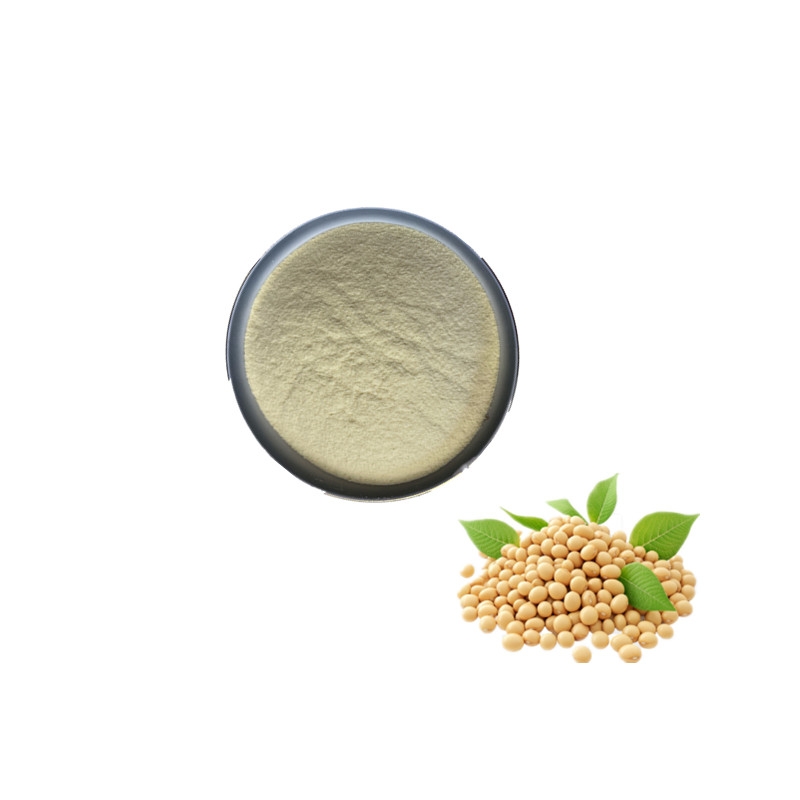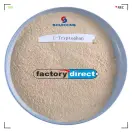Introduction of high yield forage crops (6.9)
-
Last Update: 2003-03-12
-
Source: Internet
-
Author: User
Search more information of high quality chemicals, good prices and reliable suppliers, visit
www.echemi.com
OA show ('918 '); Farmers Daily reported on May 30, 2000 that planting high-yield and high-quality feed crops is an important way to achieve the strategic adjustment goal of agricultural structure in the future, and also the material basis for the great development of animal husbandry The experience of introduction and extension shows that in addition to strict quarantine according to national regulations, the following problems should also be paid attention to when introducing feed crops First, grasp the standard of successful introduction of forage The successful introduction of forage depends on whether the forage has the ability to adapt to the new environment, and can grow, develop and reproduce in the new environment Secondly, it depends on whether it can achieve its proper nutritional value and feeding value under the new environmental conditions, and further depends on whether its feeding characteristics exceed the feeding value of local herbage varieties or the same species, and whether it can achieve the introduction goal Second, to create a complete set of forage cultivation and planting technology After the introduction of forage, it is necessary to establish and create the cultivation methods and management and utilization techniques that are matched with its growth and development Some people think that alfalfa is a legume crop, which can fix nitrogen by root nodule without fertilization In fact, the application of organic fertilizer or NPK fertilizer can significantly improve the yield of alfalfa 3 Grass planting and animal husbandry should be combined Too much grass can be silaged or dried to make grass powder, and then fed with mixed feed It is not only necessary to plant grass and raise livestock, but also to realize value-added through livestock and poultry transformation IV weeds shall be avoided during introduction During the introduction, it is necessary to master the propagation and transmission ways of the introduced forage, so as to avoid the introduction of harmful weeds into the farmland, leading to the failure of grain and economic crops and the flooding of weeds China feed industry information network dew (author:)
This article is an English version of an article which is originally in the Chinese language on echemi.com and is provided for information purposes only.
This website makes no representation or warranty of any kind, either expressed or implied, as to the accuracy, completeness ownership or reliability of
the article or any translations thereof. If you have any concerns or complaints relating to the article, please send an email, providing a detailed
description of the concern or complaint, to
service@echemi.com. A staff member will contact you within 5 working days. Once verified, infringing content
will be removed immediately.







